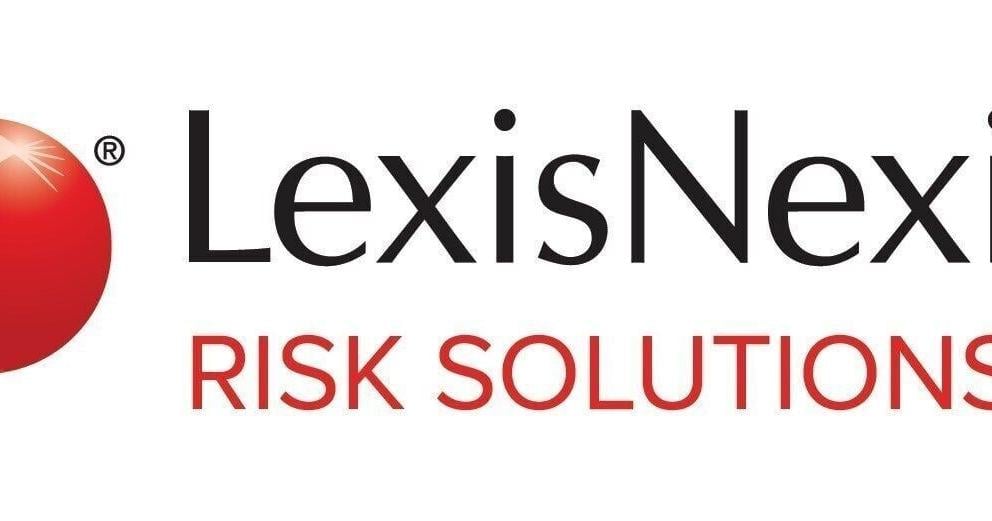HIEs Advance Interoperability for Improved Care Coordination, Data Analytics

Health information exchanges (HIEs) advance interoperability and provide clinicians with greater access to patient health data for care coordination, according to an op-ed published in the Journal of AHIMA.
Chris Hobson, MD, chief medical officer at Orion Health, and Allen Ausford, MD, FCFP, a clinical professor in the Department of Family Medicine at the University of Alberta, authored the op-ed.
Hobson and Ausford noted that while some health professaionals may use the terms EHR and HIE interchangeably, the two systems are distinctly different.
The EHR is an electronic patient chart updated by providers at a specific care organization, while HIEs allow for the secure transmission, aggregation, and utilization of patient data between disparate practices and organizations.
“HIEs improve the completeness of patient records, as all providers have access to review and update the same patient record,” Hobson and Ausford said. “They are performant, easy to use, and follow a simpler workflow than an EHR.”
The authors noted that HIE-hesitant providers often believe that utilizing an HIE will take up more clinical time during patient encounters. While this may be true with some encounters, it is important to consider potential time savings in the aggregate, Hobson and Ausford explained.
For example, a provider may take an additional step during a care encounter to access the HIE, but accessing this data may prevent the need for a second encounter or prevent a rejected referral.
Additionally, single sign-on capabilities allow providers to simply click a button to go from their EHR directly to a patient’s HIE, they added. And that’s not to mention the fact that clinicians don’t have to even use the HIE for every encounter.
“There is a compelling reason for a provider to join these data networks given the value far outweighs the process of adoption and getting to know the HIE’s capabilities,” the authors wrote. “Although working with an HIE requires providers to adopt a new process, the learning curve to master an HIE is much easier than mastering an EHR.”
Hobson and Ausford noted that when a provider sees a new patient, the induvial often arrives with incomplete clinical information. Being part of an HIE allows providers to easily access a patient’s clinical data from the system.
Providers can also generate and monitor a worklist of seriously ill patients seen regularly by multiple providers (like cancer patients and transplant patients) via the HIE to track their care. Additionally, viewing diagnostic tests in the HIE helps to eliminate redundancy and can lower patient discomfort and healthcare costs.
“Within a day in the life, HIEs enhance providers’ ability to deliver proactive care rather than just reactive care,” Hobson and Ausford explained.
HIEs support care coordination by providing clinicians with up-to-date patient health data in real-time, which can prevent excess hospital admissions and readmissions, the authors noted.
HIEs also aid in chronic disease management, especially when working with disparate care teams, the authors noted. Patients who may be seeing several providers are able to view multiple consultations aggregated in the HIE on one screen.
In addition to HIEs’ direct patient care benefits, Hobson and Ausford explained that the system has applications for population health data analytics as well.
Researchers often leverage EHR systems to gather data for their studies, but this only provides them with access to that EHR systems’ data. HIEs contain information from multiple EHRs and repositories, providing researchers with access to a much broader data set, the authors explained.
“There should be no hesitancy to join an HIE,” Hobson and Ausford said. “In addition to the benefits, many established HIEs have been around for well over a decade and will be equipped with procedures and processes to support providers in getting the most value out of their HIE.”
“As the healthcare system continues to evolve, we can expect that HIEs will bring value and efficiency to providers on a daily basis and ultimately help deliver better patient care,” the authors concluded.
link







